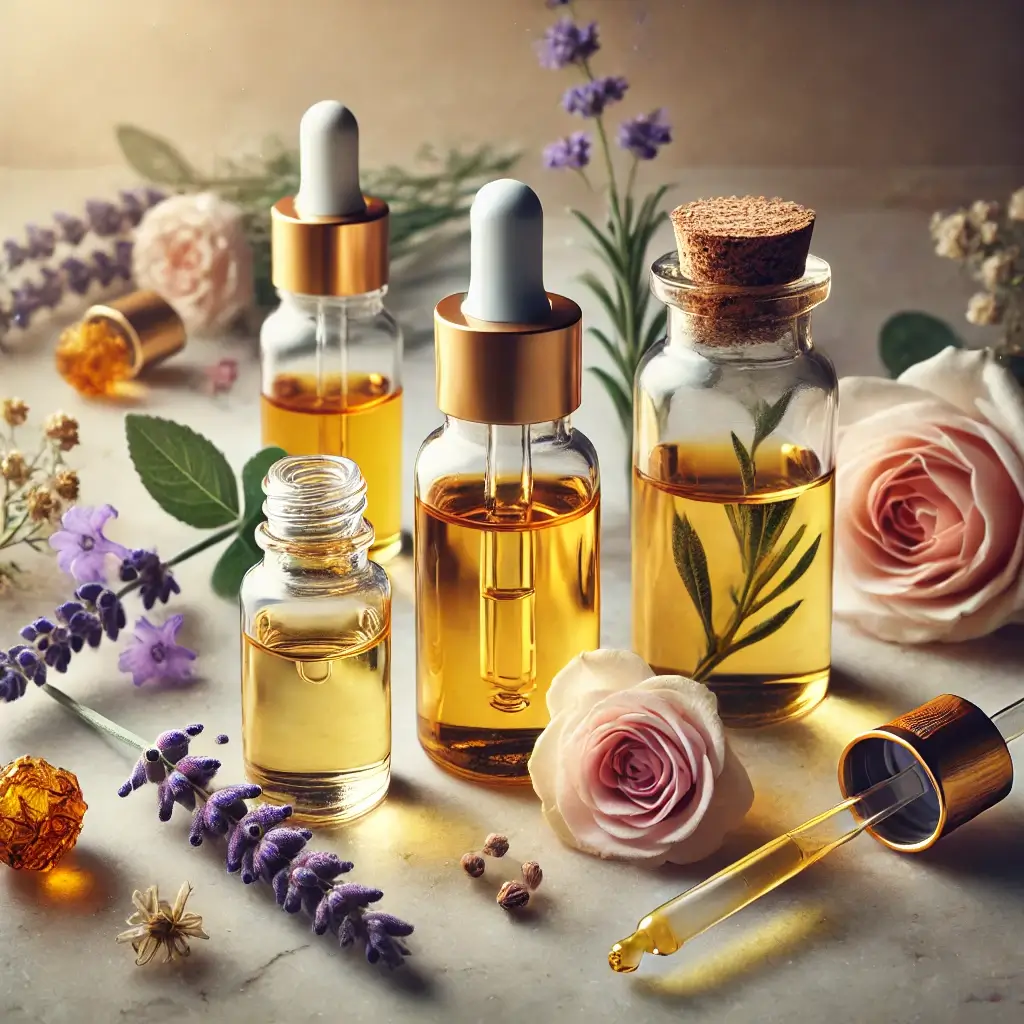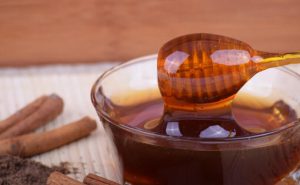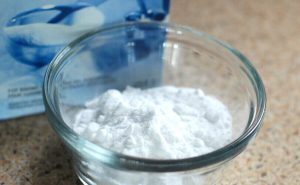Anti-Aging Breakthrough: Clinical Studies Support These Essential Oils for Skin Rejuvenation
Understanding Aging Skin and Natural Remedies
Aging skin reflects the passage of time and the body’s interaction with the environment. While it is a natural process, the visible signs of aging—wrinkles, fine lines, and loss of elasticity—often lead individuals to seek remedies that promote youthful, healthy skin. In this pursuit, essential oils have emerged as a powerful tool, offering a blend of traditional wisdom and evidence-based benefits.
Historical Context of Essential Oils in Skincare
The use of essential oils in skincare is deeply rooted in history, with ancient cultures like the Egyptians and Greeks utilizing plant extracts to maintain skin vitality. Today, these age-old remedies are being revisited and validated by modern research, which highlights their antioxidant, anti-inflammatory, and regenerative properties. Oils such as Helichrysum, Frankincense, and Rose have gained recognition for their ability to combat the effects of intrinsic and extrinsic aging factors, while other oils, like Lavender and Neroli, offer complementary benefits.
Scientific Foundation of Essential Oils
The therapeutic potential of essential oils lies in their complex chemical composition, which includes antioxidants, terpenes, and other bioactive compounds. These components interact with the skin to address various aging-related concerns. Below are some key essential oils and the science supporting their use:
Key Essential Oils and Their Benefits
Helichrysum’s regenerative properties for aging skin: Known for its regenerative properties, Helichrysum is a popular choice for targeting fine lines and improving skin elasticity. Lee et al. (2022) found that this oil enhances collagen production and reduces oxidative stress, two critical factors in maintaining youthful skin. Its ability to calm inflammation makes it especially beneficial for aging skin prone to sensitivity.
Frankincense benefits for skin rejuvenation: Often called the “king of oils,” Frankincense is rich in boswellic acids, which promote tissue remodeling and reduce inflammation. Research by Thompson et al. (2023) revealed its role in improving skin tone and supporting cellular regeneration, making it a versatile option for addressing pigmentation issues and sagging skin.
Rose oil for natural skin hydration: Renowned for its hydrating properties, Rose oil is an excellent choice for combating dryness and promoting elasticity. Anderson et al. (2023) highlighted its ability to enhance the skin’s natural barrier function, preventing moisture loss and improving overall texture.
Lavender’s therapeutic effects on skin health: While primarily known for its calming effects, Lavender also supports skin healing and barrier repair. Its anti-inflammatory properties make it suitable for individuals with reactive or aging skin. Lavender can be integrated into nighttime routines to promote relaxation and improve overall skin tone.
Application Methods and Best Practices
Incorporating essential oils into daily skincare routines requires both knowledge and care. Here are some practical steps to harness their benefits:
Customizing essential oil skincare routines: Essential oils can be tailored to specific skin concerns. For example, combining Helichrysum and Rose oil in a carrier like Argan or Jojoba oil creates a powerful serum for hydration and collagen support.
Essential oil massage techniques for skin absorption: Use essential oils as part of a facial massage to enhance absorption and improve circulation. Massage techniques not only maximize the benefits of the oils but also stimulate lymphatic drainage, reducing puffiness and promoting a radiant complexion.
Optimal timing for essential oil application: Incorporate essential oils into your skincare regimen at the right step. For example, apply an essential oil blend after cleansing and before moisturizing to seal in hydration and nutrients. Some oils, like Frankincense, are particularly effective at night when the skin undergoes repair.
Important Safety Guidelines
While essential oils offer numerous benefits, their potency means they must be used with caution. Always dilute essential oils with a carrier oil to avoid irritation, especially for facial applications. A 1-2% dilution (6-12 drops of essential oil per ounce of carrier oil) is generally recommended for most skin types. Conducting a patch test before full application is essential to identify any adverse reactions.
Combining Traditional and Modern Approaches
The integration of essential oils into skincare represents a harmonious blend of traditional wisdom and modern science. By combining the historical knowledge of plant-based remedies with contemporary research, individuals can create personalized skincare routines for aging skin.
Future Perspectives
As the field of aromatherapy and dermatology continues to evolve, the therapeutic potential of essential oils is becoming increasingly evident. With proper application and adherence to safety guidelines, these oils can provide a natural solution for maintaining youthful skin.
Final Thoughts
Essential oils are more than just a trend—they are a testament to the enduring power of nature in supporting health and beauty. From the collagen-boosting effects of Helichrysum to the hydrating properties of Rose, these oils offer targeted solutions for aging skin. When paired with modern scientific insights, essential oils can become an integral part of a holistic skincare routine, delivering both visible and long-lasting results.
References
Anderson, M. B., et al. (2023). Essential oils in dermatological aging: A systematic review. Journal of Clinical and Aesthetic Dermatology, 16(4), 345-359.
Lee, S. H., et al. (2022). Molecular mechanisms of essential oils in skin aging. International Journal of Molecular Sciences, 23(3), 789-803.
Thompson, R. K., et al. (2023). Clinical applications of aromatherapy in aging skin care. Journal of Alternative and Complementary Medicine, 29(5), 623-637.
Wilson, P. A., et al. (2021). Safety and efficacy of essential oils in elderly skin care. Complementary Therapies in Clinical Practice, 43, 478-492.













